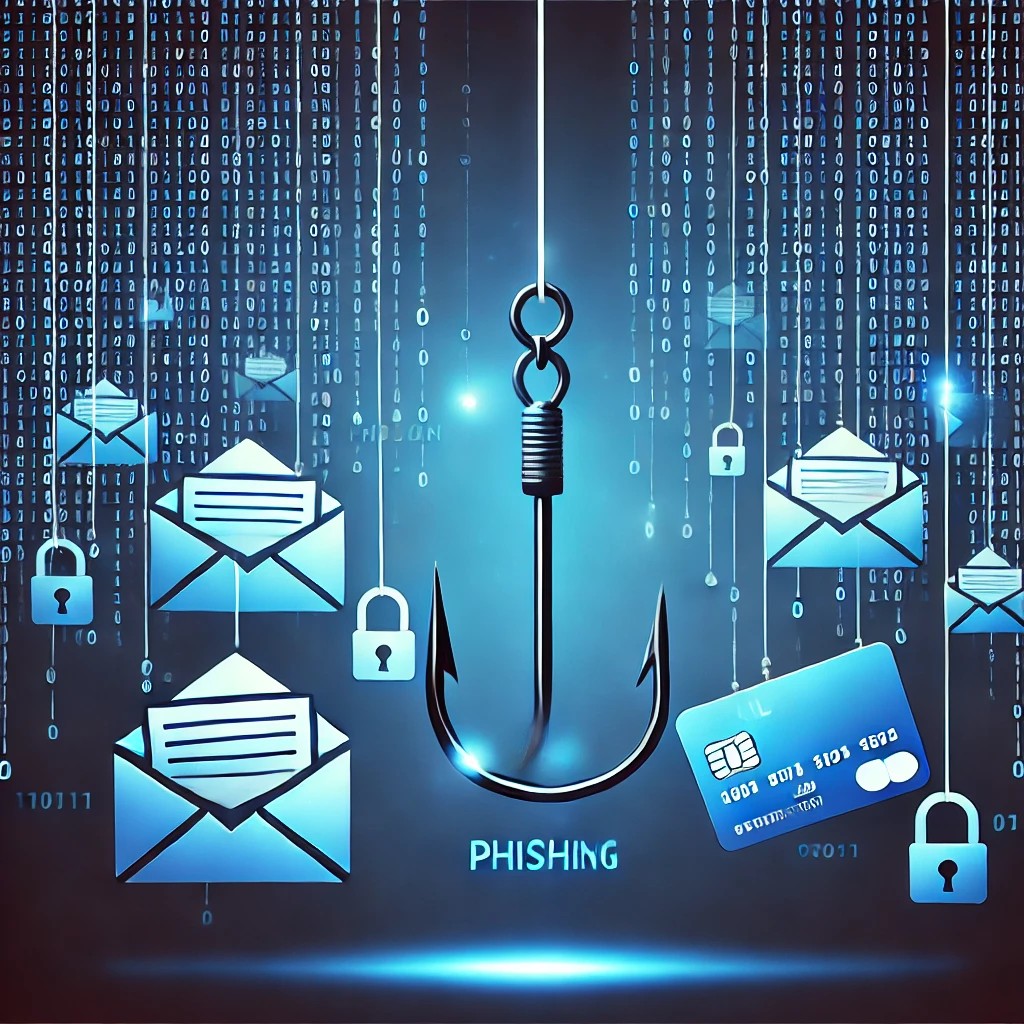In today’s digital age, phishing attacks have become one of the most common and dangerous threats to individuals and organizations alike. Cybercriminals use phishing tactics to steal sensitive information, such as passwords, credit card numbers, and personal data, by posing as trustworthy entities. Understanding how to recognize and avoid these scams is essential for protecting yourself and your data.
What Is Phishing?
Phishing is a type of cyberattack in which attackers disguise themselves as legitimate entities to trick individuals into providing sensitive information or clicking on malicious links. These attacks often come in the form of emails, text messages, or fake websites that appear to be from trusted organizations such as banks, government agencies, or popular online services.
Common Signs of Phishing Attacks
To avoid falling victim to phishing scams, watch for these red flags:
- Urgent or Threatening Language: Emails or messages that pressure you to act quickly or face consequences.
- Generic Greetings: Messages starting with “Dear Customer” instead of using your name.
- Suspicious Links or Attachments: URLs that don’t match the organization’s official website or unexpected file attachments.
- Requests for Personal Information: Legitimate companies rarely ask for sensitive information via email or text.
- Misspellings and Poor Grammar: Many phishing attempts contain noticeable errors in spelling, grammar, or formatting.
How to Protect Yourself from Phishing
Here are some best practices to safeguard yourself against phishing attacks:
- Verify the Sender:
- Check the sender’s email address carefully. Fraudulent addresses often include slight variations from official ones.
- If unsure, contact the organization directly using official contact details found on their website.
- Avoid Clicking on Links:
- Hover over links to inspect the URL before clicking.
- Navigate directly to a website by typing its URL into your browser instead of clicking links in emails.
- Use Strong Security Measures:
- Enable two-factor authentication (2FA) wherever possible.
- Use strong, unique passwords for all your accounts.
- Keep Software Updated:
- Regularly update your operating system, browsers, and antivirus software to patch vulnerabilities.
- Educate Yourself and Others:
- Stay informed about common phishing tactics.
- Share knowledge with family, friends, and colleagues to help them avoid scams.
- Be Wary of Unsolicited Communications:
- Treat unexpected messages with caution, especially those requesting personal or financial information.
- If a deal or offer sounds too good to be true, it likely is.
What to Do if You’ve Been Phished
If you suspect you’ve fallen victim to a phishing attack, take these steps immediately:
- Change Your Passwords:
- Update passwords for all affected accounts, especially those using the same credentials.
- Notify the Affected Organization:
- Inform your bank, email provider, or other relevant entities about the potential breach.
- Monitor Your Accounts:
- Keep an eye on financial and online accounts for any unauthorized transactions or activity.
- Report the Phishing Attempt:
- Forward phishing emails to the appropriate authorities or organizations, such as reportphishing@apwg.org.
Conclusion
Phishing attacks continue to evolve, but staying vigilant and informed can significantly reduce your risk. By recognizing the signs of phishing, practicing good cybersecurity habits, and taking immediate action when needed, you can protect yourself and your data from these malicious schemes. Remember, when in doubt, it’s better to pause and verify than to click and regret.
